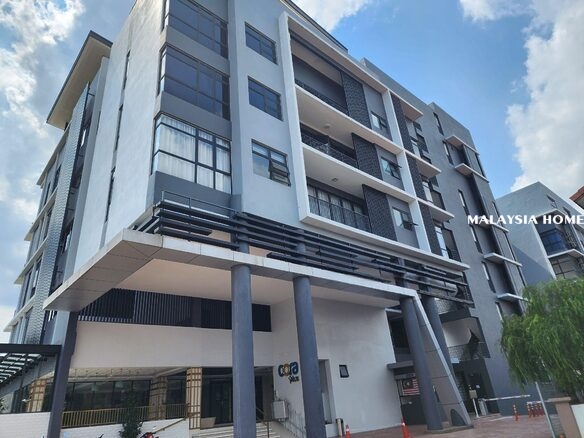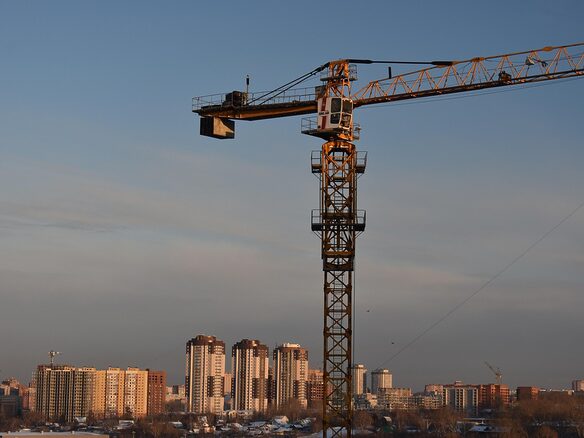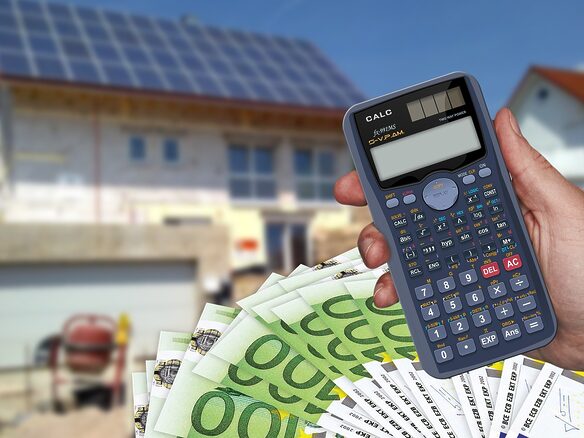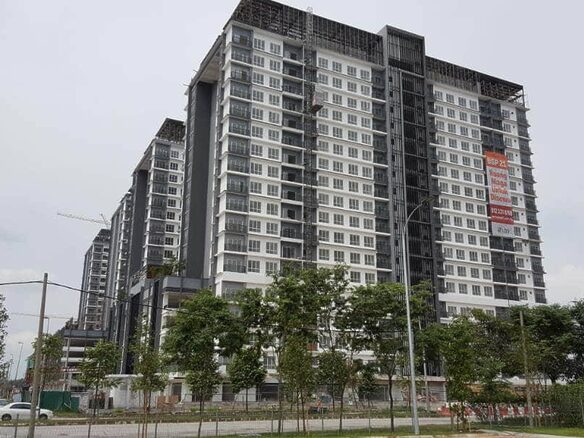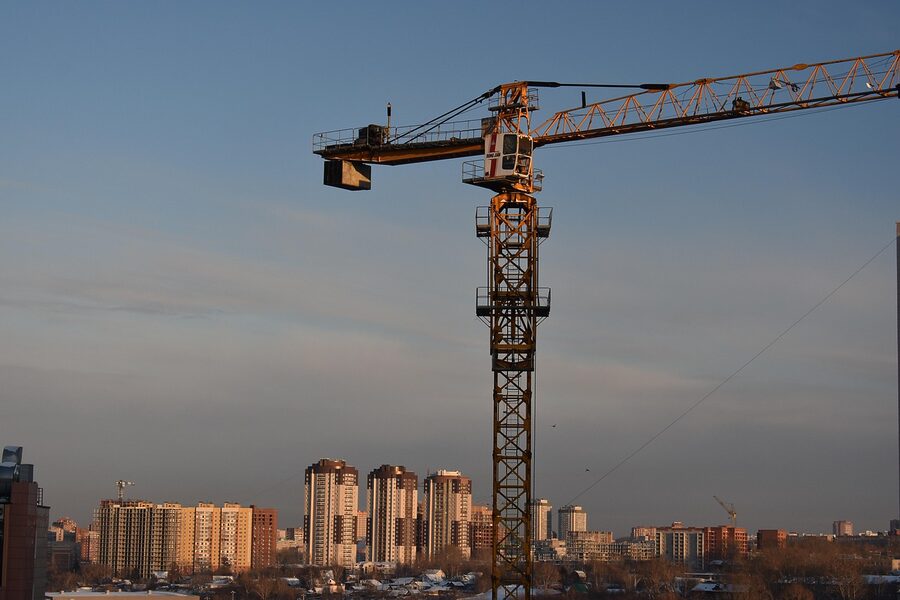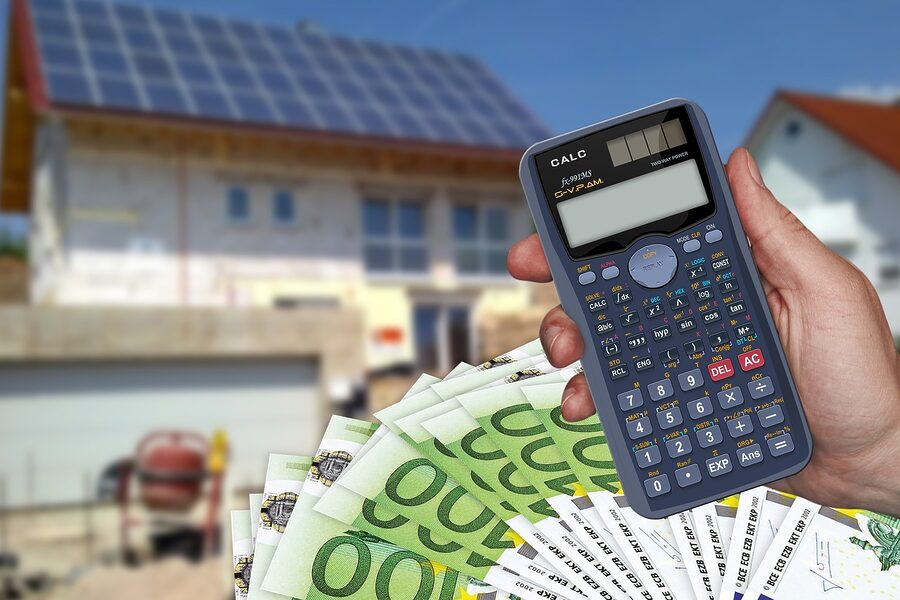MALAYSIA HOME
Buy • Rent • Sell
Find your perfect home, rental or property in Malaysia
Find Property for Sale or Rent in Malaysia
Fast, Easy, and Trusted
Welcome to MalaysiaHome.my – your trusted platform to explore properties for sale and rent across Kuala Lumpur, Selangor, Penang, Johor Bahru, and beyond. Find condos, landed homes, shop lots, and investments—connect with verified agents and developers to discover your ideal home or commercial space today.







Check Our Featured Listings
Discover top properties picked by our team — explore listings in Kuala Lumpur, Selangor, Penang, Johor Bahru, and more.
- Condominium
- RM1,950,000
Pavilion Hilltop Mont Kiara | Corner Unit
Kuala Lumpur, Mont Kiara Beds: 4
Beds: 4 Baths: 4
Baths: 4 1830 sqft
1830 sqft- Listed By: 🧑💼Agent
Contact us
Please quote property reference
Real Estate Malaysia - MY1407268
Contact me
- Condominium
- RM1,100,000
Corner Unit for Sale at The Westside Two
Kuala Lumpur, Desa ParkCity Beds: 2
Beds: 2 Baths: 3
Baths: 3 1389 sqft
1389 sqft- Listed By: 🧑💼Agent
Contact us
Please quote property reference
Real Estate Malaysia - MY1407266
Contact me
- Condominium
- RM1,200,000
Desa ParkCity Westside 2
Kuala Lumpur, Desa ParkCity Beds: 2
Beds: 2 Baths: 3
Baths: 3 1389 sqft
1389 sqft- Listed By: 🧑💼Agent
Contact us
Please quote property reference
Real Estate Malaysia - MY1378236
Contact me
- Condominium
- RM7,800
Trinity Pentamont | Dual Key Unit
Kuala Lumpur, Mont Kiara Beds: 5
Beds: 5 Baths: 5
Baths: 5 2,069 sqft
2,069 sqft- Listed By: 🧑💼Agent
Contact us
Please quote property reference
Real Estate Malaysia - MY1407276
Contact me
- Condominium
- RM3,900
Cora Plus, Damansara Jaya, Petaling Jaya
Selangor, Petaling Jaya Beds: 3
Beds: 3 Baths: 2
Baths: 2 1069 sqft
1069 sqft- Listed By: 🧑💼Agent
Contact us
Please quote property reference
Real Estate Malaysia - MY1407264
Contact me
- Condominium
- RM4,300
The Westside Two, Desa Parkcity
Kuala Lumpur, Desa ParkCity Beds: 2
Beds: 2 Baths: 3
Baths: 3 1389 sqft
1389 sqft- Listed By: 🧑💼Agent
Contact us
Please quote property reference
Real Estate Malaysia - MY1407256
Contact me
Choose Your Role and Start Advertising Today
Sell or rent out your home easily — just register and post your listing in a few clicks.
Create your professional agent profile, manage listings, and stand out with a powerful profile page + QR code.
Connect your agency with unlimited property listings and multi-agent access for up to 100 team members.
List your new launch or development project and reach serious buyers across Malaysia.
One stop profile solution — save time, boost trust, and close more deals.



New Listing
Just listed—discover the latest property updates and opportunities.
Property Market














